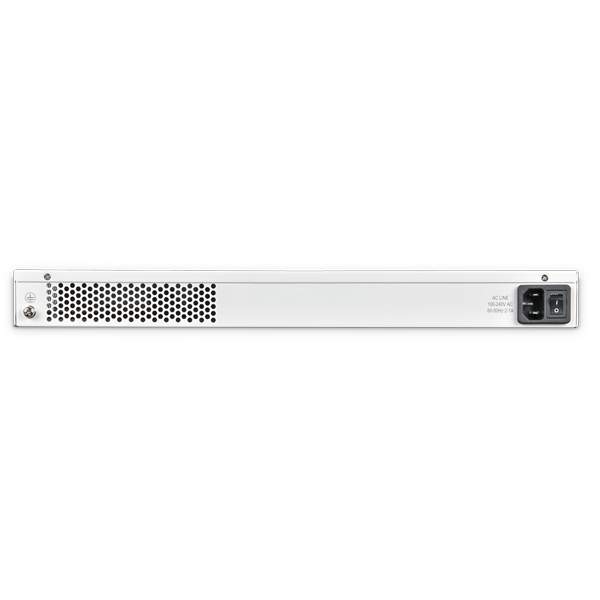

In S ys t e m > Network > Interface, you configure the interfaces, physical and virtual, for the FortiGate unit.

In the following illustration, the FortiGate-3810A has three AMC cards installed: two single-width (amc/sw1, amc/sw2) and one double-width (amc/dw). These interfaces appear in FortiOS as port amc/sw1, amc/sw2 and so on. The larger FortiGate units can also include Advanced Mezzanine Cards (AMC), which can provide additional interfaces (Ethernet or optical), with throughput enhancements for more efficient handling of specialized traffic. This enables you to assign different subnets and netmasks to each of the internal physical interface connections. Interface mode enables you to configure each of the internal switch physical interface connections separately. Switch mode is the default mode with only one interface and one address for the entire internal switch. The switch mode feature has two states – switch mode and interface mode.

Normally the internal interface is configured as a single interface shared by all physical interface connections – a switch. These ports also share the same MAC address.Ĭon f i gu r i n g the FortiGate-100D ports Because of this, when SFP port 15 is used, RJ-45 port 15 cannot be used, and vice versa. These ports share the numbers 15 and 16 with RJ-45 ports. Two of the physical ports on the FortiGate-100D (Generation 2) are SFP ports. As shown below, the FortiGate-100D (Generation 2) has 22 interfaces. They also appear when you are configuring the interfaces, by going to S ys t e m > Network > Interface. In FortiOS, the port names, as labeled on the FortiGate unit, appear in the web-based manager in the U n i t Operation widget, found on the Dashboard.

Some units have a grouping of ports labelled as internal, providing a built-in switch functionality. Depending on the model, they can have anywhere from four to 40 physical ports. FortiGate units have a number of physical ports where you connect ethernet or optical cables.


 0 kommentar(er)
0 kommentar(er)
